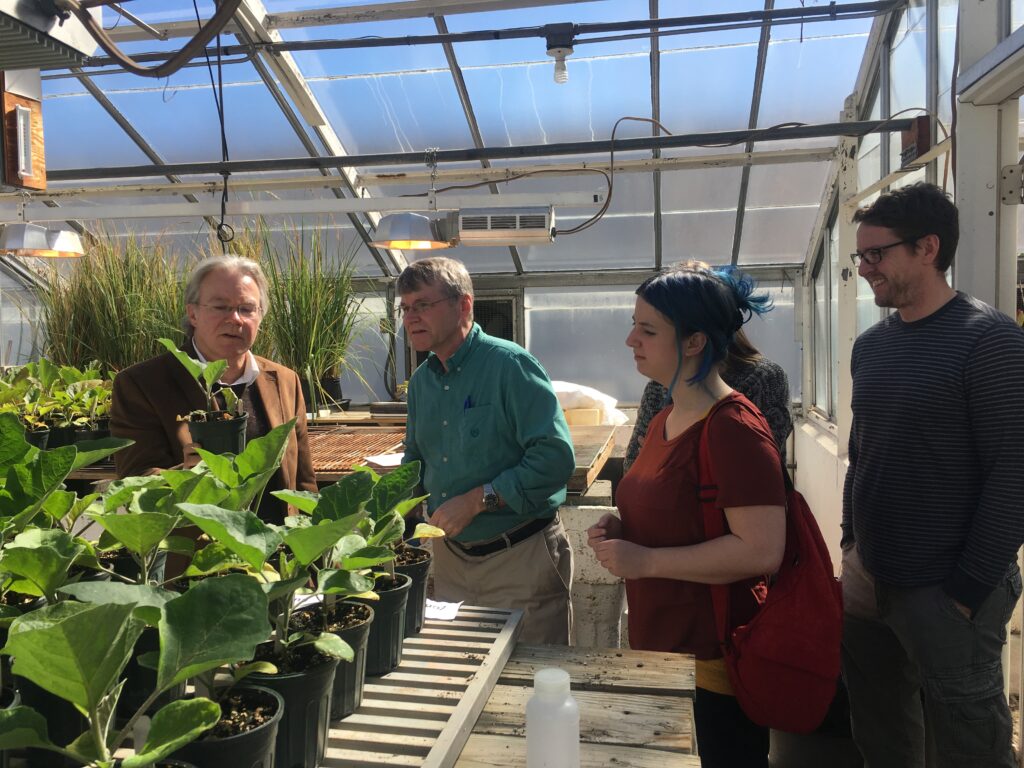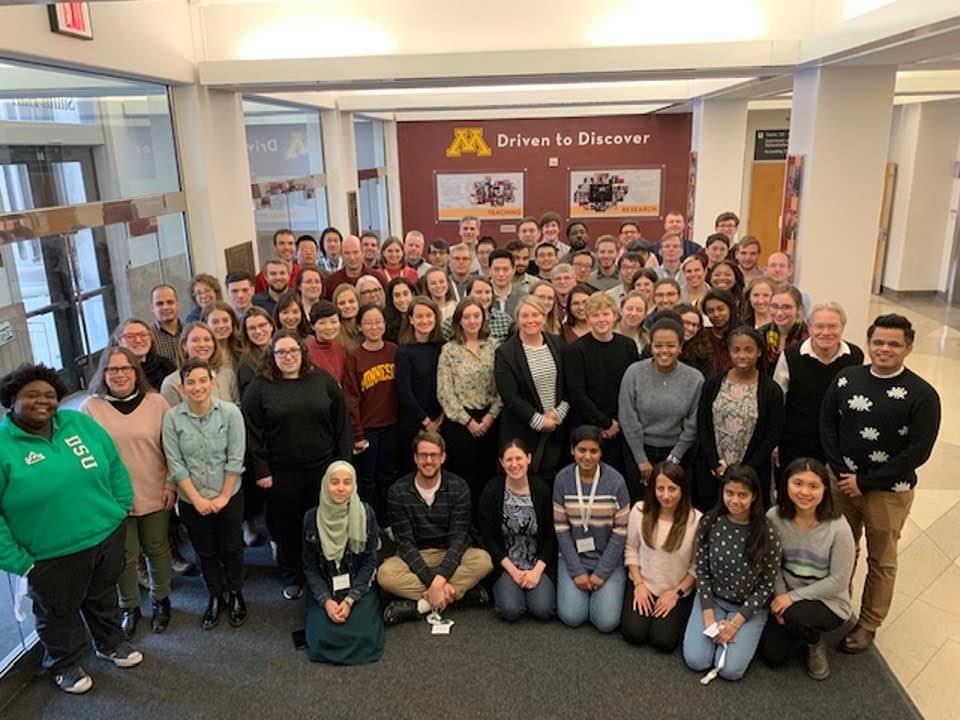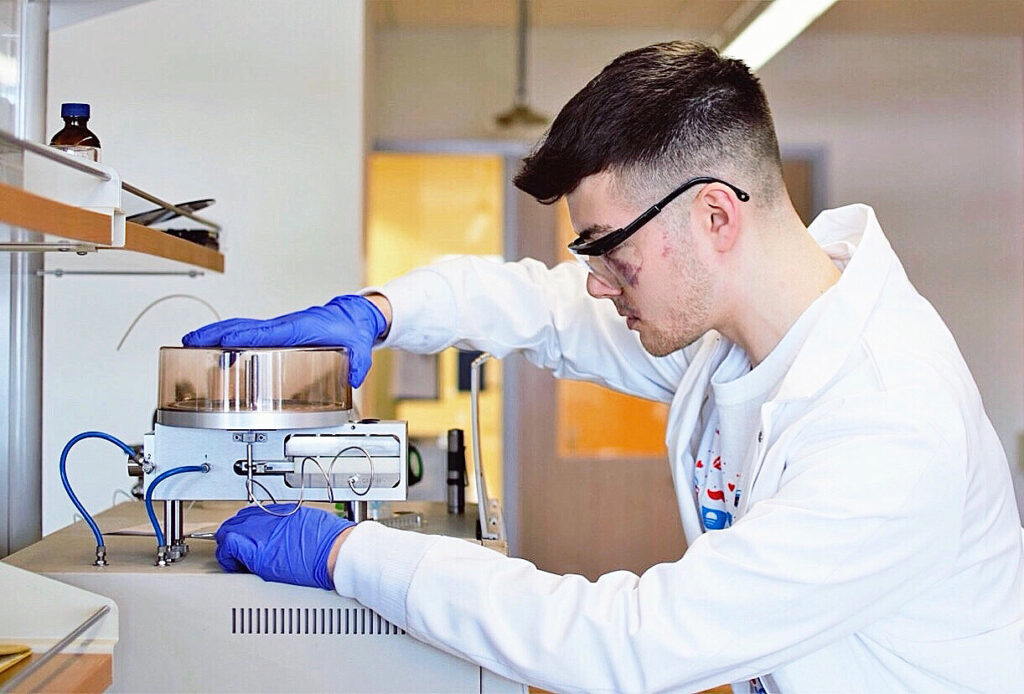
The NSF Center for Sustainable Nanotechnology
A multi-institutional partnership aimed at developing a molecular-level understanding of the fundamental chemical and physical processes that govern the transformations and interactions of nanoparticles in the environment.

The CSN is not a physical center but is instead a focal point for collaboration that links the complementary expertise of researchers at 12 different institutions to achieve what none of us could do individually. We co-advise graduate students and meet frequently in cyber-space. Funding for the CSN comes from the National Science Foundation.
What it’s like to be a Scientist in the CSN

What are nanoparticles?
Nanoparticles, which are finely divided matter, divided into tiny particles only a few billionths of a meter in size, are playing an important role in many existing and emerging technologies. In many applications nanoparticles are used because they provide a very high surface area for a given amount of material, thereby making more effective use of precious elements. In other applications nanomaterials may exhibit unique properties that are a consequence of their small size, containing anywhere from 10 to 10,000 atoms. While nanoparticles have a great potential to improve our society, relatively little is yet known about how nanoparticles interact with organisms, and how the unintentional release of nanoparticles from consumer or industrial products might impact the environment.
Examples
- New medical diagnostics and targeted treatments for cancer and other diseases
- Fuel cells and advanced batteries for hybrid/electric vehicles
- New generations of solar cells that have the potential to provide us with free energy from the sun.



